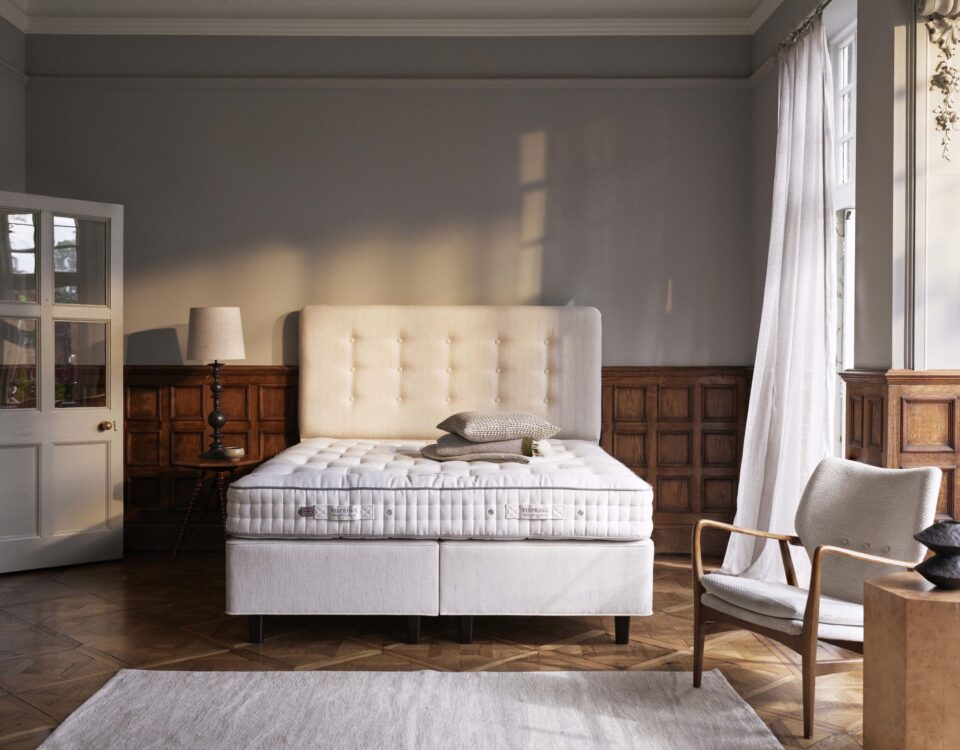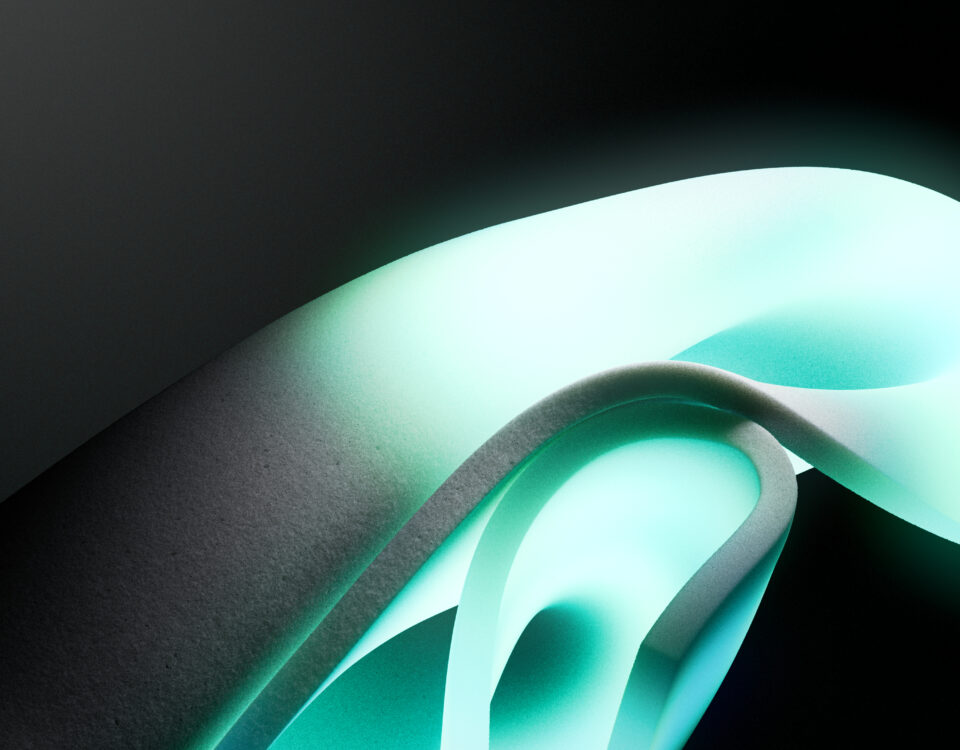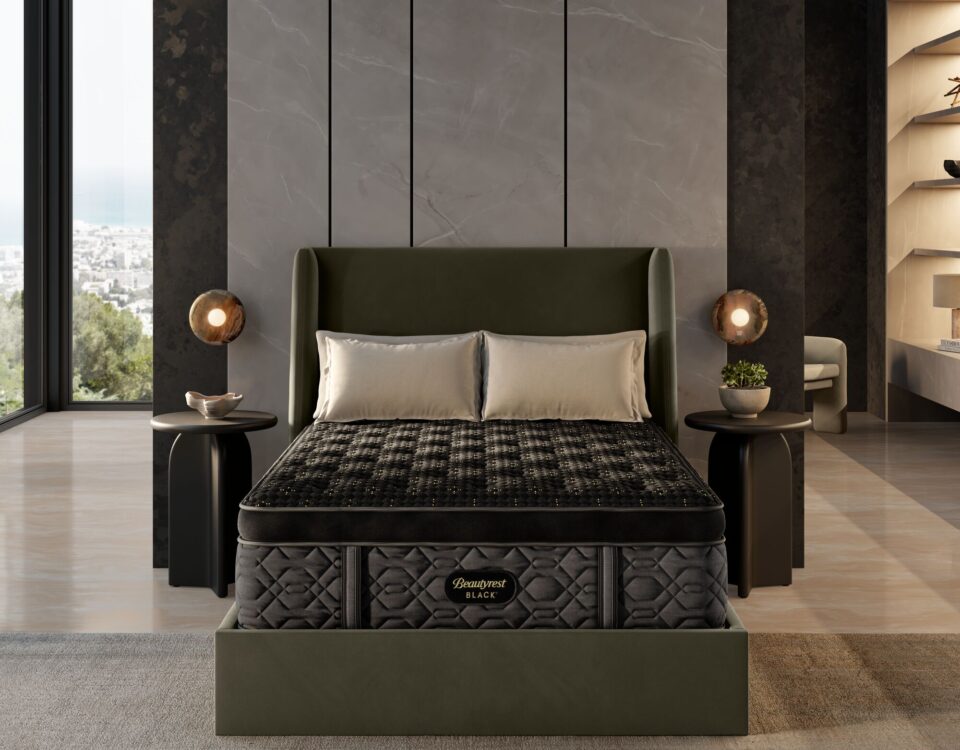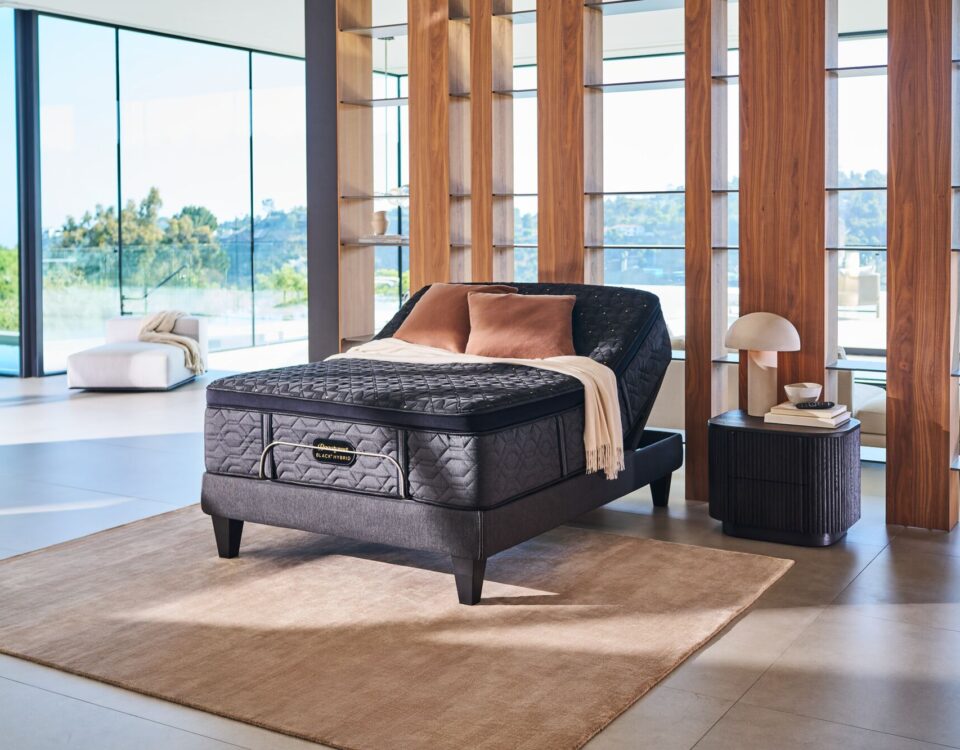Why use a pillow?
How do you think of your pillow? For some, they’re what make going to bed worth it. For others, they’re a necessary hassle. Regardless of how you feel about them, though, they may be one of the best ways to get a good nights sleep.
But why is that? Why use a pillow in the first place? If your mattress provides so much support for you body, what could a piece of cloth and stuffing be doing for you?
Probably more than you think.
Sticking your neck out
Your neck is an impressive piece of work. It’s been designed to allow you to better, more easily observe the world. Whether it’s checking out a potential mate or spotting a saber-tooth tiger, a (relatively) long neck is a huge advantage in taking in the world when you’re standing on two feet.
Of course, when you’re on your back, that same neck isn’t quite as good. Our spines, being the bundle of nerves that they are, tend to like to stay in the same position most of the time — sure you can bend and twist a bit, but for the most part the curvature of our spine stays the same. And that’s the key — it’s curved. When we lie down a flat surface like a mattress for 6 to 8 hours, it tends to push that curvature out of alignment. And we all know what happens when something like your spine stays out of alignment for too long.
Yeah. Ouch.
That’s where a good pillow comes in. They allow us to keep our spine basically where they need to be while we sleep. Of course, if all it’s doing is providing spine support, why not just sleep on a rock? Why sleep on something so soft?
One pillow, many positions
It may come as a surprise, but in many cultures, pillows aren’t soft. Rocks aren’t as uncommon as you’d expect, and in ancient Egypt, they used a hard, curved device that lifted the neck. In China, you may even find yourself sleeping on a porcelain Buddha.
The disadvantage of these harder neck supports is that they really only support sleeping in a certain way. Humans are fairly strange in the Animal Kingdom because we can find ourselves comfortably resting in a wide variety of positions — from back to side to front. Harder pillows, like rocks or porcelain only usually allow a very specific sleeping position. If you’re in that position, it’s a great nights sleep. If you get out of that position though… well, just use your imagination.
Yeah. Ouch.
The big advantage of a soft pillow is that it more easily molds to your sleeping style. Literally. The gel and memory foam combination deform to your shape, whether you’re lying on your back or your side. And for those of you who are what we refer to as “pillow squashers,” there’s the down pillow. You can bundle it up if you’re on your side and need a little extra loft, or even lie a bit more flat if you spend most of your time on your back.
That doesn’t necessarily mean all pillows are created equal. Some pillows may work better for back sleepers, while others may be better for side sleepers. You can even get memory foam and gel pillows that mold to your sleeping style the same way many of the best mattresses form to your body.
So next time you go to sleep, give your pillow a hug. It’s doing a lot. Plus, unless you’ve got fairly exotic sleep habits, it’s probably really soft.
Yeah. Nice.




